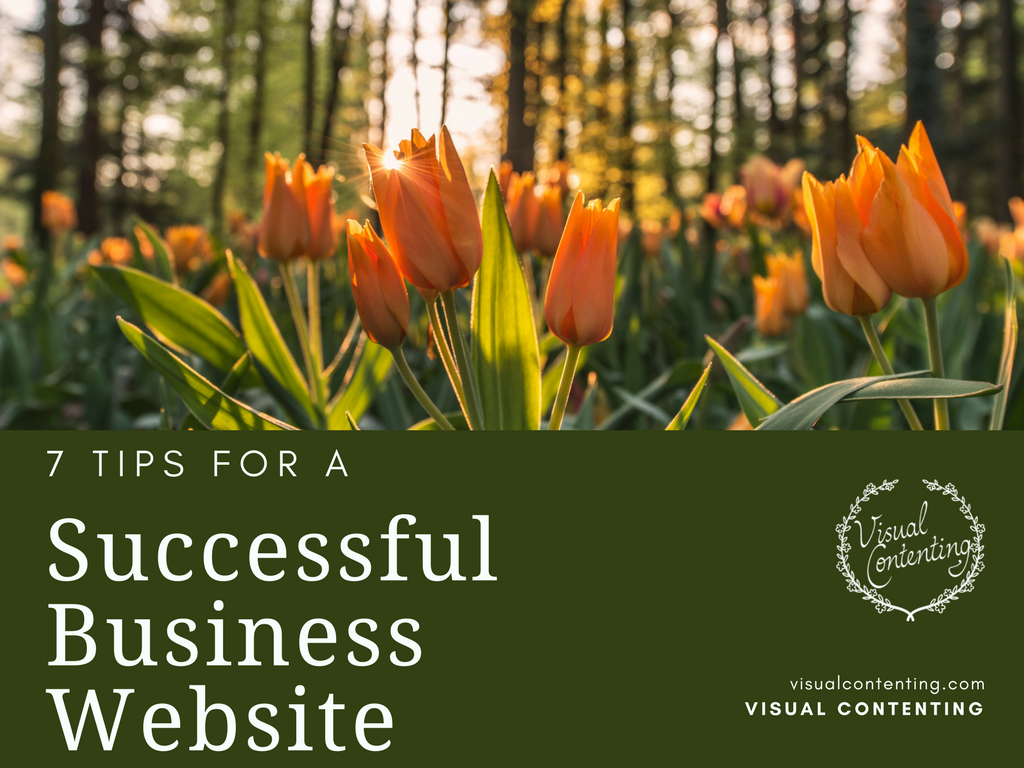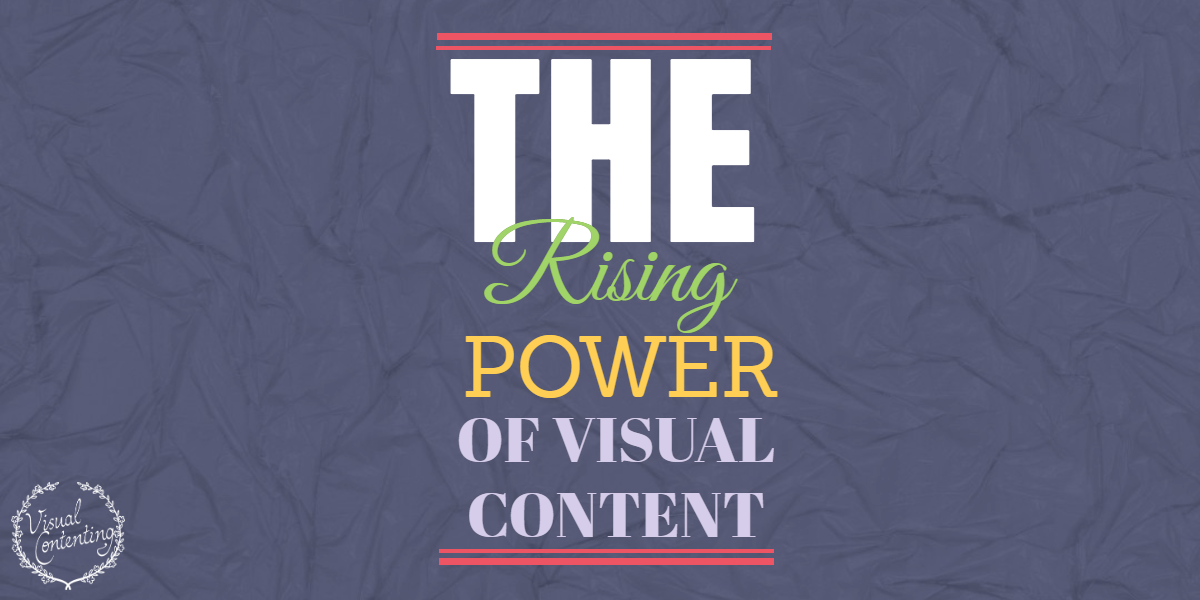Even if you’re a small business, you need a website. This shows potential customers that you are a professional entity that takes its business seriously. Social media is a useful tool and it should be part of your digital marketing strategy, but you should never rely upon it alone. It isn’t designed to provide customers with a window-shopping and checkout interface like a website is, so use it to engage with consumers and guide them to your web page designed using these seven tips.
Update Regularly
According to the Small Business Administration, once you make your own website you must keep it up to date regularly. The worse thing you can do is put a holiday message on your Home Page and leave it there after the New Year. Thanksgiving wishes won’t look good to visitors in February, so make certain your content is applicable to your business, useful to your visitors, and updated all the time.
Call to Action
You learned about calls to action in your college Marketing 101 class, and the SBA insists they remain important today. You want to engage your visitors initially and then use calls to action to lock them in for good. From the Home Page, encourage them to sign up for your email newsletter, shop your online store, or fill out a lead form if you are a B2B or B2C entity.
Don’t Forget Contact Info
Don’t rely on that lead form alone. Consumers want to know where your physical business is located and many still use the phone. Make certain that your contact information is displayed prominently on the Home Page so visitors can find it easily. In fact, the SBA recommends turning your website into your digital letterhead by having your contact info in the header or footer of every page.
Be Visual
Because of technology and the instant gratification it provides, nearly everyone has developed the attention spans of three-year-olds. According to Inc., you have approximately 8 seconds to grab someone’s attention online, and you won’t do that with words. Use plenty of still and video imagery to grab people’s attention and keep them on your web page.
Stay with the Times
Make certain your website also looks up to date. If you have a web page already, but you designed using a template 15 years ago, you’ve already lost a ton of potential customers. Keep the appearance of your website in time with the times. First impressions count in cyberspace as much as they count person-to-person, and if your website is not modern, people will click away immediately.
Speed It Up
This tip may be hard for some small businesses. The Obama Administration enacted net neutrality to ensure everyone had a chance at high-speed internet. This isn’t the case anymore, and internet service providers can slow your page down. You need a fast page or people will hit the back button, so it’s important to run regular speed tests and budget for additional ISP cost.
Handheld Is Where It’s At
Finally, you also need to build a website that is mobile friendly. Most people access the web from their smartphones and tablets, so make certain your web pages load properly on smaller screens. The right builder will help you format for all screen sizes, and this is crucial because there are as many ways to access the internet as there people using it.
Don’t lose potential customers or clients by remaining invisible to them. Build an online presence that gets you to the front of the web search results. Part of that is building a professional website that works alongside your social media. Make it professional, user-friendly, and easy to see on any screen. Use it to draw people in, over to your sales pages, and then to the checkout page. You will be surprised how many people check you out online before they make a purchasing decision.
Related Posts
Community manager at Visual Contenting. Jacqueline loves to talk about social media trends, new technology and how they help businesses accelerate their marketing efforts.






